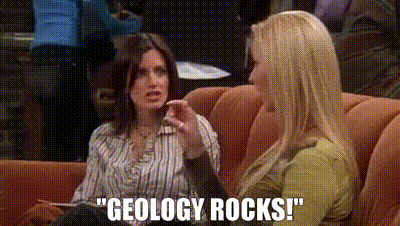What do you think?
Rate this book


Hardcover
First published April 1, 1981

“If you free yourself from the conventional reaction to a quantity like a million years, you free yourself a bit from the boundaries of human time. And then in a way you do not live at all, but in another way you live forever.”
“If by some fiat I had to restrict all this writing to one sentence, this is the one I would choose: The summit of Mt. Everest is marine limestone.”

“A million years is a short time - the shortest worth messing with for most problems. You begin tuning your mind to a time scale that is the planet's time scale. For me, it is almost unconscious now and is a kind of companionship with the earth.”
“As years went by, such verbal deposits would thicken. Someone developed enough effrontery to call a piece of our earth an epieugeosyncline. There were those who said interfluve, when they meant between two streams, and a perfectly good word like mesopotamian would do. A cactolith, according to the American Geological Institute’s Glossary of Geology and Related Sciences, was “a quasi-horizontal chonolith composed of anastomosing ductoliths, whose distal ends curl like a harpolith, thin like a sphenolith, or bulge discordantly like an akmolith or ethmolith.” The same class of people who called one rock serpentine called another jacupirangite. Clinoptilolite, eclogite, migmatite, tincalconite, szaibelyite, pupellyite. Meyerhoffferite. The same class of people who called one rock paracelsian called another despujolsite. Mtakirchheimerite, phlogopite, katzenbuckelite, mboziite, noselite, neighborite, samsonite, pigeonite, muskoxite, pabstite, aenigmatite. Joesmithite.”